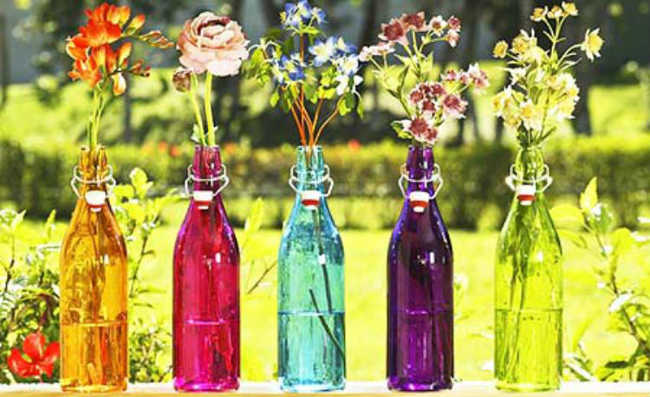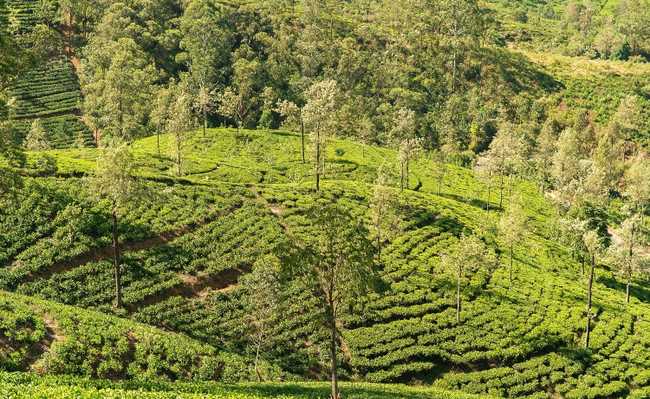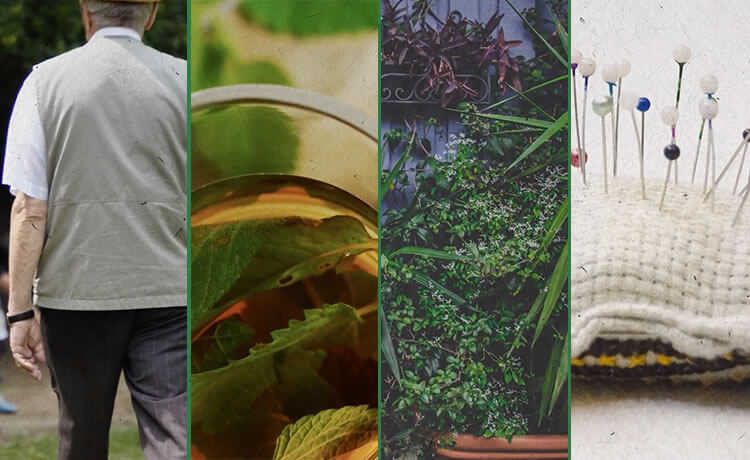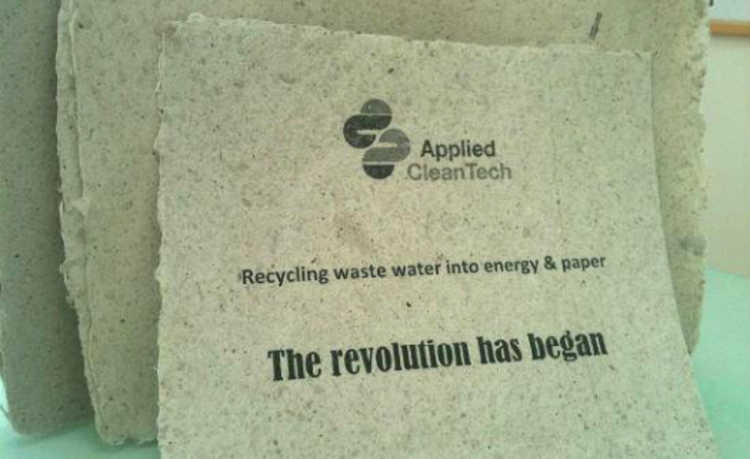Organic Gardens Course #10: Know when and how to harvest and what to do to always have fresh vegetables
Learn when and how to harvest your vegetables, what to do so you don't have an empty bed and always have fresh vegetables
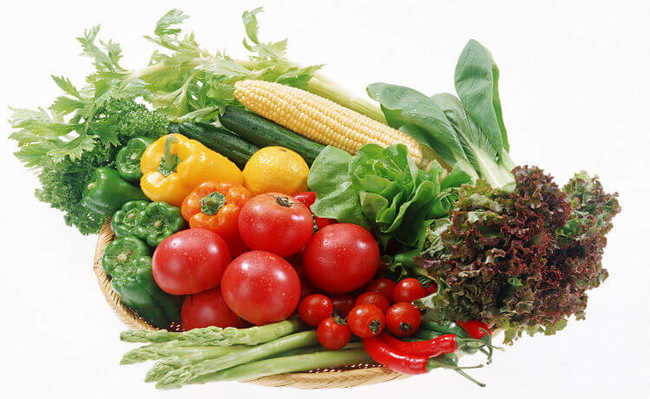
Finally the best part of the organic garden course has arrived: the harvest! It's time to taste the foods you've grown at home, but before that, let's see what rules we must follow before we consume the foods:
Golden rules
- Before harvesting, wash your hands thoroughly;
- Only harvest what will be consumed, so there will always be fresh vegetables to be harvested;
- Wash vegetables well before consuming them;
- Use this recipe to eliminate bacteria from your vegetables.
But when to harvest? When is the best time for this?
The best times of the day to harvest are early in the morning or at dusk. If the day is cloudy, even better. If these conditions are not possible, harvest and leave the vegetable in the water to prevent it from wilting until consumed.
Regarding the harvest time, the cycle of each vegetable must be respected (learn more about the cycles of the organic vegetable garden, so it is important to place signs identifying the plant and the day it was sown in the beds.
If you like and always consume a vegetable, you can get a visual idea of when the vegetables are ready to be picked. For example, a chard should have large leaves and stalk.
If what will be harvested are leaves, it is necessary to hope that they are well developed. In terms of flowers, the ideal is to pick them before they fully open.
The fruits must be picked when they are ripe, and the roots, as we cannot see if they are already developed, it is recommended to wait for the end of the plant cycle to carry out the harvest. It may happen that you harvest the root and it is still small, but don't be discouraged, everything is a learning experience. Wait a few more days next time and make your own notes about the organic garden.
To harvest whole vegetables (with roots), such as lettuce and carrots, use a spade, if it is difficult to harvest with your hands. In the case of leaves and fruits, such as basil and tomatoes, the ideal is to use a knife or pruning scissors to harvest them with leaves with a part of the stalk.
Remember not to harvest diseased plants (see how to rid your plant of diseases and pests).
Curiosities
- Leaves that are bitter, such as arugula, the longer they grow, the more bitter they become; if you prefer a milder flavor, harvest the leaves when they are younger.
- Chives are a different case: it is preferable to harvest them by hand, as cutting them with scissors or a knife makes them grow weaker in the future.
- Some fruits can be picked still unripe, as they will ripen later, as occurs with tomatoes, bananas and papaya.
What to do to always have fresh vegetables, vegetables and fruits?
The secret to never running out of an empty bed is to do the staggered harvest. As we have said before, it is important to plant every 15 days and not all at once so that the food is ripe and developed at different times.
Also, harvesting only what you are going to consume in the day so that you always have fresh food available is ideal.
And what to do with the stalks, roots and leaves that are not consumable?
You should keep all the parts of the vegetables and vegetables that were not consumed to use in the composter. So, when sowing again, the bed will already have organic fertilizer to be mixed with the soil.
It is also possible to use old stalks and leaves of the tomato plant to make a decoction in the proportion of one kilo of stalks and leaves to ten liters of water (we already talked about decoction). This will be the stock solution, so dilute one liter of the stock solution in 10 liters of water and spray it over your garden once a month.
After the tomato harvest, you can leave the stalks and leaves to dry by hanging from a string, so you will always have material to make fertilizers.
Watch the video this story was based on. The video produced by Borelli Studio it is in Spanish, but has Portuguese subtitles.






